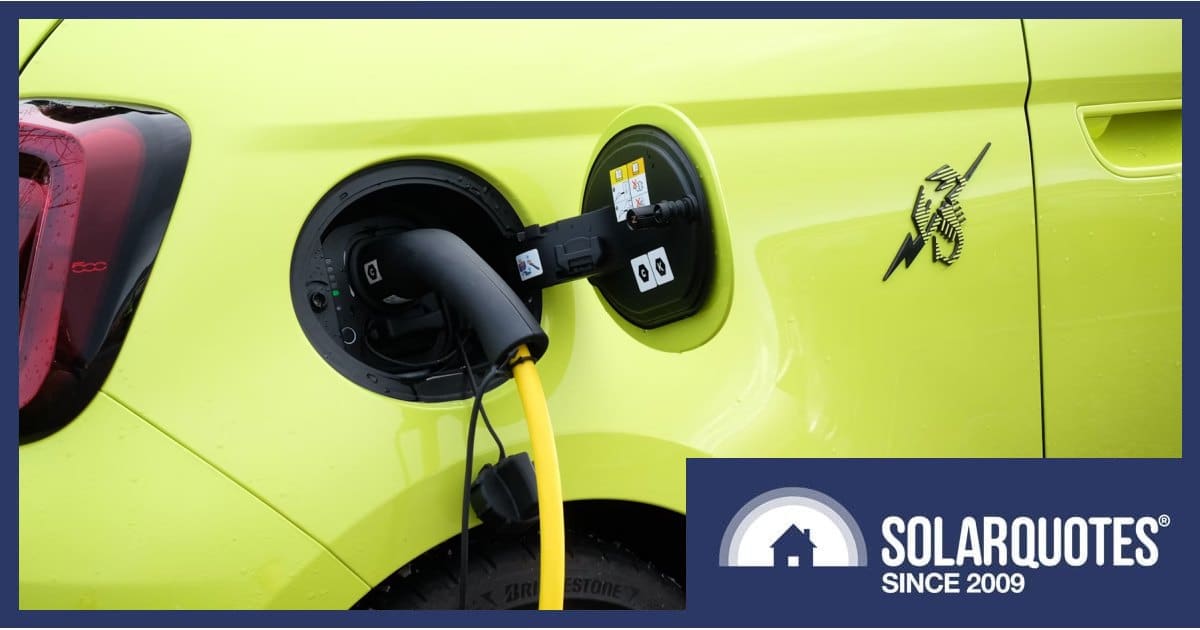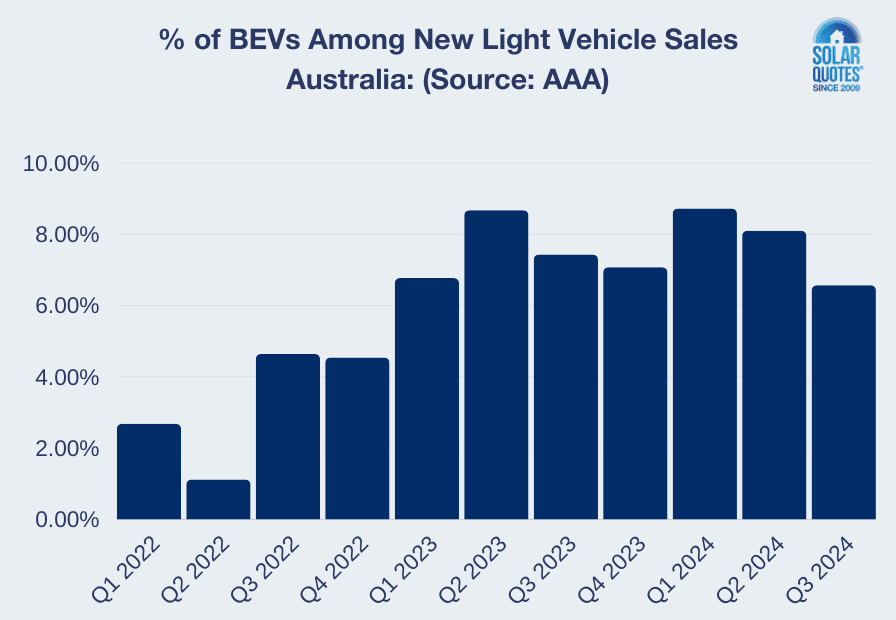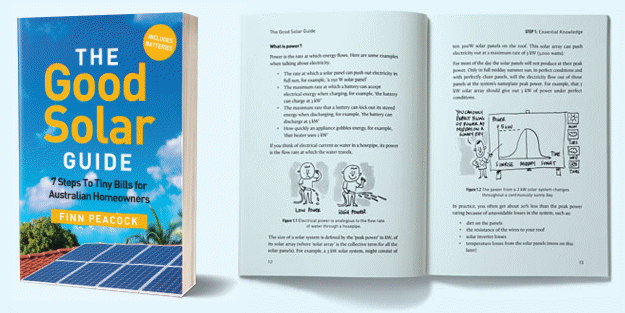
Guidelines for subsidies to support the purchase and installation of EV chargers by vehicle dealerships and EV repairers across Australia were released last week.
The Dealership and Repairer Initiative for Vehicle Electrification Nationally (DRIVEN) program rebates will provide $40 million in total over 4 years (2024-25 to 2027-28). Up to $12 million is available each financial year, with applications accepted until 30 April each year unless that year’s funding runs out.
The program officially kicks off on January 22, 2025 and offers:
- Up to $2,500 per eligible smart EV charger and up to $20,000 per eligible site where multiple units are installed.
- Businesses operating both a dealership and a service centre on the same eligible site can claim up to $40,000.
- Dealers with multiple eligible sites can apply separately for each eligible site.
In terms of eligible recipients, among the criteria applicants must be:
- a licenced new/second-hand motor dealer/trader or an associated service centre; or
- an automotive repair business, compliant with Australian Standards 5732:202 (EV operations – maintenance and repair). At least one current member of staff must be qualified to undertake work on electric vehicles.
Eligible EV Chargers
There aren’t many rules around this and nothing to indicate what is considered a “smart” device. Eligible devices just need to be:
- AC single phase – 7 kW charging speed
- AC three phase – 11-22 kW charging speed
- DC – 50 kW or less charging speed.
All EV chargers must have been installed by a licensed electrician on or after 26 March 2024 to be eligible for a rebate.
There’s certainly a much wider choice of devices compared to just a couple of years ago – specifications and estimated pricing of AC models from dozens of manufacturers can viewed on SolarQuotes’ EV charger comparison table.
The intended outcomes of the grants are to increase the number of charging stations throughout Australia and boost the number of EVs on the roads. However, under the guidelines devices may be utilised for public *or* private use.
More information on the DRIVEN charger rebate stream can be found here.
How Many EVs On Australian Roads?
The State of EVs 2024 report recently released by the Electric Vehicle Council estimates around 110,000 EVs would have been sold in 2024. That number relates to BEV (Battery Electric Vehicle) and PHEV (Plug-in Hybrid Electric Vehicle) sales. The report says Australia is on track to pass 300,000 EVs in the national vehicle fleet in early 2025.
EVs now account for 9.5% of all new car sales in Australia says the Council, an increase from 8.4% last year. If the trend continues, the organisation expects total EV (BEV + PHEV) sales to reach at least 15-19% in 2026.
In terms of BEV proportions of new light vehicle sales over time, the Australian Automobile Association (AAA) provides the following figures:
- Q1 2022: 2.68%
- Q2 2022: 1.12%
- Q3 2022: 4.64%
- Q4 2022: 4.54%
- Q1 2023: 6.77%
- Q2 2023: 8.67%
- Q3 2023: 7.43%
- Q4 2023: 7.07%
- Q1 2024: 8.72%
- Q2 2024: 8.10%
- Q3 2024: 6.57%
Or, for those who prefer graphs:
Supporting the Australian automotive sector as it transitions to selling and repairing more electric vehicles is important – but whether the DRIVEN EV charger program is good way to go about achieving the stated desired outcomes will no doubt create some debate.
There would be more than a few EV owners who would like to see subsidies for installing hard-wired EV chargers at home. There’s nothing at a Federal level (yet) and while there have been several state based initiatives in the past, the only one currently available is in the NT.


 RSS - Posts
RSS - Posts



I’d be interested to know if there are any follow-up commitments required of the commercial interests – for those that plan to allow public usage anyway; for example do they have to demonstrate they have the means and the will to support the chargers once they are up and running to ensure a reasonable level of usefulness.